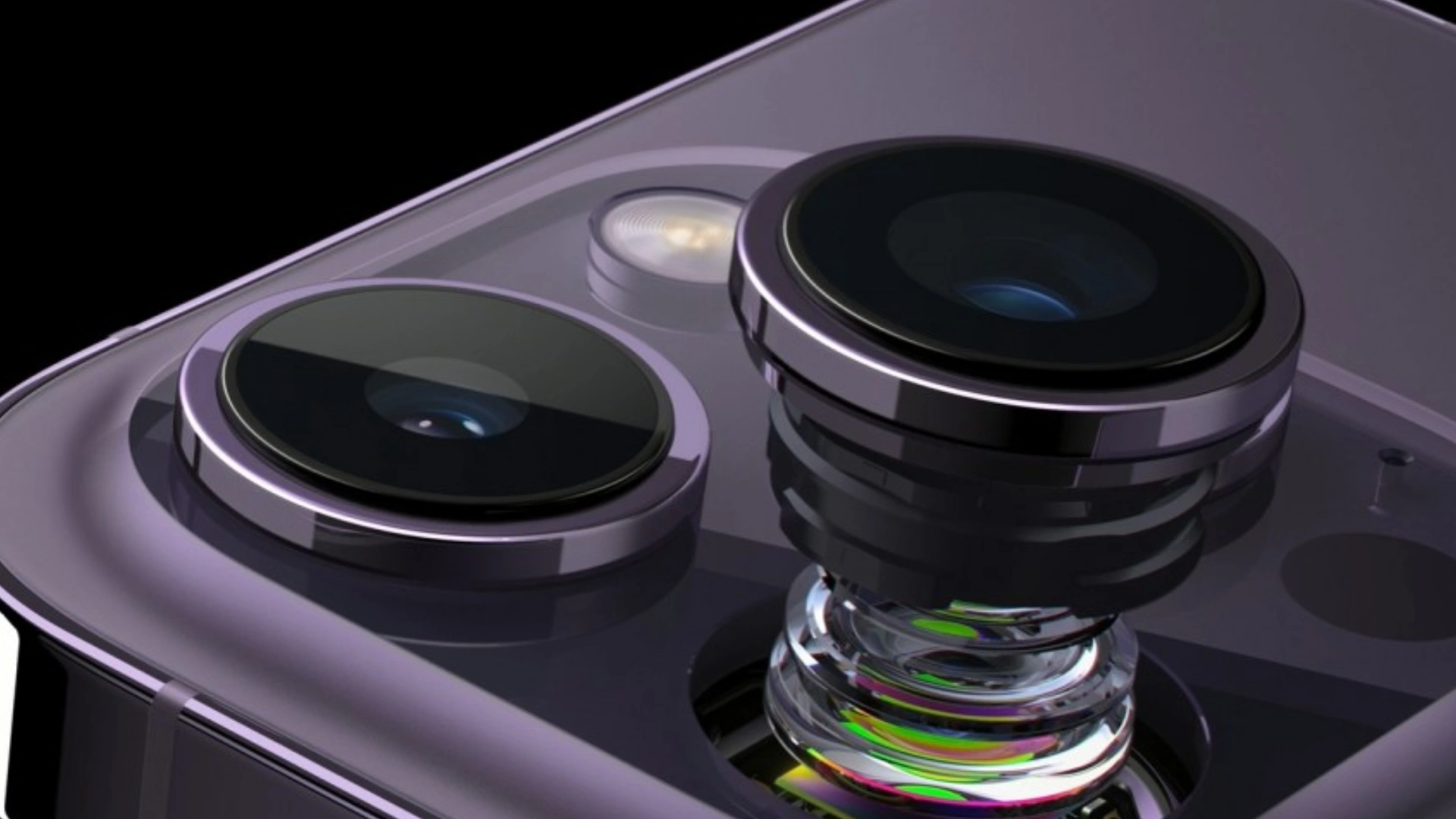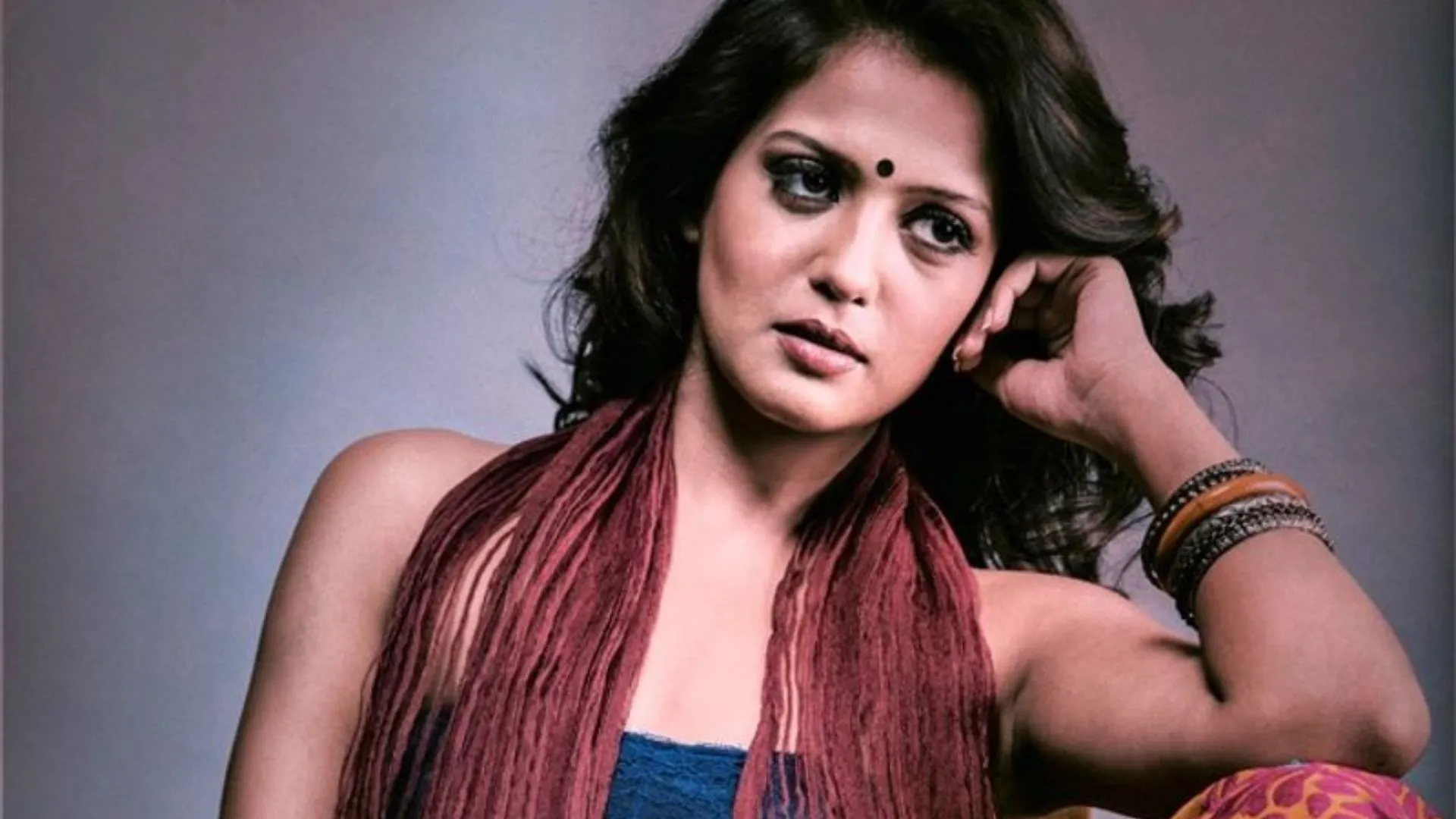Apple may soon be making a significant change in its smartphone camera technology, as recent rumors suggest the company is considering switching from its long-time camera sensor supplier, Sony, to Samsung. This potential shift could have major implications for the future of iPhone photography, offering improved performance and new features for users.
According to a leak shared by the tipster Jukanlosreve on the social media platform X, Samsung is reportedly developing a new “3-layer stacked” image sensor specifically for Apple. The sensor, designed in a PD-TR-Logic configuration, promises to be more advanced than the Sony Exmor RS sensors, which have been powering iPhone cameras for over a decade. If the rumors prove true, this could mark the end of Apple’s partnership with Sony for camera sensors, which has been in place since 2011.
Samsung’s rumored 3-layer stacked sensor would feature three main components.
- Photodiode (PD) – This component captures light, crucial for gathering the data that forms the image.
- Transfer (TR) – This layer aims to reduce noise, a new feature that could significantly improve image clarity.
- Logic – The logic layer handles computational photography, improving the efficiency of image processing.
The integration of these layers directly onto the sensor would speed up data transfer, enhance camera responsiveness, and lead to faster processing of photos, which is particularly beneficial for smartphones where quick photo capture is essential. The stacked design would also reduce the size of the sensor, which is ideal for smartphones with slim profiles like the rumored iPhone 17 Slim.
How Samsung’s Sensor Could Improve iPhone Camera Capabilities
Samsung’s rumored 3-layer stacked sensor could offer several improvements to the iPhone’s camera performance, including:
- Faster Processing Speed: The direct integration of processing units on the sensor allows for quicker photo capture, reducing lag time between shots and enabling more responsive camera features.
- Enhanced Noise Reduction: With the new transfer layer designed to reduce noise, the sensor could improve image quality in challenging lighting conditions, such as low-light environments or high-contrast scenes.
- Improved Image Quality: Faster processing and enhanced noise reduction would likely lead to sharper, more detailed images, even in difficult conditions.
Samsung’s sensor design is expected to offer Apple greater control over the iPhone’s camera performance, potentially pushing the company ahead in the competitive mobile photography space.
A Shift in Apple’s Supply Chain
Apple’s supply chain strategy would undergo a major change if these rumors turn out to be true. Apple and Sony have established a solid working relationship as Sony has been the preferred supplier for Apple’s iPhone camera sensors for many years. But it looks like Samsung’s innovative sensor technology might be too strong to pass up.
Additionally, it has been reported that Apple is developing its own Bluetooth and Wi-Fi chips (called Proxima) to replace Broadcom’s components, as well as in-house modem technology to replace Qualcomm’s chips. This would represent a further development in Apple’s strategy to reduce its dependency on outside suppliers and acquire more control over its hardware.
Samsung’s Ambitious Plans for Mobile Photography
While the potential shift to Samsung for iPhone camera sensors is noteworthy, the company is also focusing heavily on its own mobile devices. Samsung is said to be working on a 500MP camera sensor for its upcoming Galaxy S25 Ultra, which could take mobile photography to new heights. The new 500MP sensor is expected to debut with the Galaxy S25 Ultra and will likely be complemented by advanced image processing technology, setting a new benchmark for smartphone cameras.
The development of this high-resolution sensor is a testament to Samsung’s commitment to pushing the boundaries of mobile photography. If the rumored specifications for the iPhone 18 (scheduled for release in 2026) are accurate, the iPhone could feature a 48MP sensor with variable aperture technology, alongside a next-generation A20 chipset manufactured using TSMC’s advanced 2-nanometer process.
The iPhone 18, expected to launch in 2026, may be the first Apple device to incorporate Samsung’s new 3-layer stacked sensor. If true, this would not only be a major departure from the company’s reliance on Sony but also mark a significant leap in iPhone camera capabilities. In addition to the new sensor, Apple’s iPhone 17 Pro models, launching before the iPhone 18, are rumored to feature the A19 Pro chip, while the standard iPhone 17 models may include the A18 or A19 chipsets.
ALSO READ: Top Luxury Cars Of 2025 Revealed: Where Does Tesla Stand?























